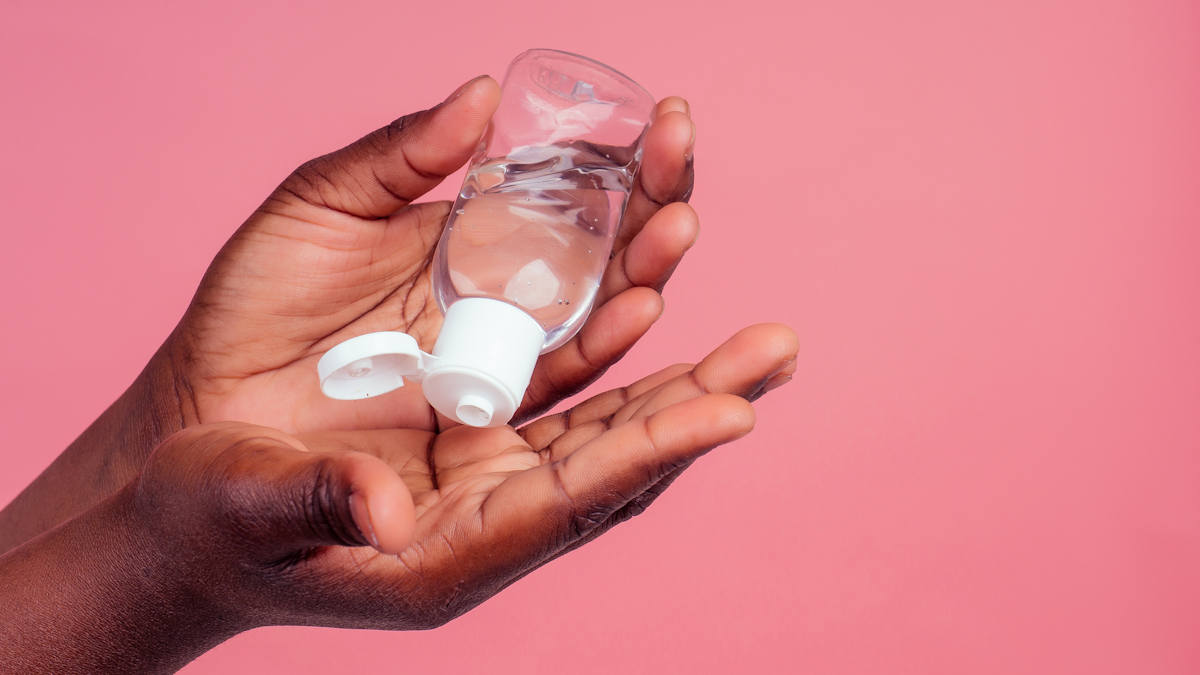How Well Does Disinfectant Hand Sanitizer Work?
To Help Stop Coronavirus, Wash Your Hands
Soap, water, and hand sanitizer all play significant roles in hand hygiene, which has been recognized as a primary defense upon the spread of the coronavirus. This Samwellness blog article clarifies the facts about hand sanitizer plus soap and their functions in proper hand hygiene.
Does disinfectant hand sanitizer work? It’s one of the several commonly asked questions regarding hand hygiene—and it’s a question that has extensive roots in history.
The antiseptic properties of alcohol have been recognized for quite some time, their role in health care hand hygiene wasn’t known until 2002, when the Centers for Disease Control plus Prevention (CDC) officially recommended the use of hand sanitizer in health care settings.
Over the preceding few decades, hand sanitizer has become frequently popular, both in the world of health care plus among the general public. But as its popularity has grown, so have some concerns.

Does Disinfectant hand sanitizer work? Is it healthy? Can germs become opposing to it?
Here are some of the various common myths – and facts refuting them – about the purpose of hand sanitizer in health care.
Myth: Health care workers should use hand sanitizer simply when soap & water are not available.
Fact: For the general population, the CDC recommends using hand sanitizer if soap and water are not available. Both the CDC (2017) plus the World Health Organization (2009) have conducted health care workers to use alcohol-based sanitizer to clean their hands. According to the WHO, hand sanitizers are more active, more effective against certain germs, also are easier on the skin than soap and water.
However, soap and water are also critical defenses against infection and should be incorporated within hand hygiene regimens. According to the CDC (2020), health care workers should work soap plus water when:
- Hands are visibly dirty.
- Hands are visibly stained with blood or other bodily fluids.
- They’ve potentially been revealed to Clostridium difficile when the equipment is experiencing an outbreak or higher rates than usual.
- They’ve potentially been exposed to patients among infectious diarrhea during an outbreak of norovirus.
- They’ve probably been exposed to Bacillus anthracis (anthrax).
- They’ve freshly used the bathroom.
- They are preparing to eat
Fact: It begins with a smart pump, but just squirting some hand sanitizer onto your hands won’t cut it. As with soap also water, sanitizer won’t work unless it’s used at the precise duration and with the correct amount and proper technique.

A Sam Wellness consumer found that hand hygiene duration performance with both soap plus alcohol-based sanitizer was well below standard. With soap, 54 percent of their care providers hand washed for an average of below five seconds. With alcohol hand sanitizer, an even greater percentage of care providers – 63 percent – washed for less than five seconds.
With these special data in hand, our customer care providers experienced thorough retraining on proper handwashing practices.
“Some people with more extensive hands may require a bit more product, and this paper demonstrates that the cost being dispensed in many standard dispensers is not giving the ideal amount of product,”
Comments
Post a Comment